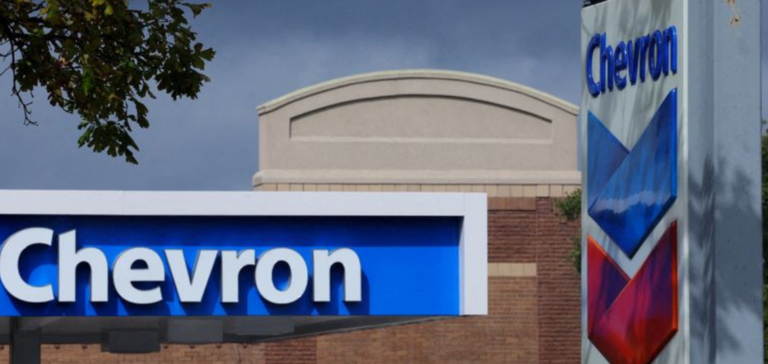Chevron Corp is at a major strategic turning point. The company recently suspended development of its shale assets in a key region, marking a potential step in its global restructuring strategy. This move comes in the wake of several major acquisitions, highlighting Chevron’s strategic choices in a constantly evolving sector.
Major Acquisitions and Expansion in the Sector
Indeed, the company announced the acquisition of Hess Corp in North Dakota’s Bakken Basin for $53 billion, closely followed by the acquisition of PDC Energy for $6.3 billion, expanding its presence in the Permian and DJ Basins. These acquisitions increased Chevron’s production by almost 500,000 barrels a day, strengthening its position in the US shale market.
Potential sale of Haynesville assets
At the same time, Chevron is exploring options for its 70,000-acre shale assets in the Haynesville formation. Two unnamed sources close to the discussions have indicated that a complete sale of the assets is one of the options under consideration. The company has informed some potential buyers of its plans to market these assets next year. However, a sale is not guaranteed, and other options, such as partnering with other producers to develop assets, remain on the table.
Impact of Global LNG Demand
Interest in transactions in the Haynesville area is likely to increase, given its proximity to liquefied natural gas (LNG) export projects along the US Gulf Coast. In addition, this dynamic is reinforced by increased demand for US LNG following Western sanctions against Russia after its invasion of Ukraine.
Estimation and Value of Assets
The value of Chevron’s assets in this region is estimated at several hundred million dollars. Part of this estimate is based on the company’s current production of approximately 40 million cubic feet equivalent of natural gas per day from a small portion of the Haynesville assets. Nevertheless, the exact value will depend on a number of factors, including commodity price forecasts and buyers’ assessments of the land’s untapped potential.
Development Strategy and Partnerships
Most of this land remains undeveloped, and a Chevron spokesman confirmed that development activities in Haynesville were suspended in July as part of regular business planning and portfolio prioritization. This suspension indicates a cautious reassessment on Chevron’s part, in line with current trends in the sector, where investors favor companies with many years’ worth of reserves.
This comes at a time when other major players in the sector, such as BP, are also exploring partnerships in the Haynesville area. These strategic moves illustrate a period of reassessment and realignment in the energy industry, as the oil and gas giants seek to optimize their portfolios in a changing market.
Chevron is positioning itself at a critical point, reassessing its shale assets against a backdrop of major strategic changes. The potential sale of its Haynesville assets could mark a turning point in its strategy, reflecting current trends in the sector. This development raises important questions about the future of the energy industry, particularly in terms of resource management and meeting environmental and economic challenges.






















